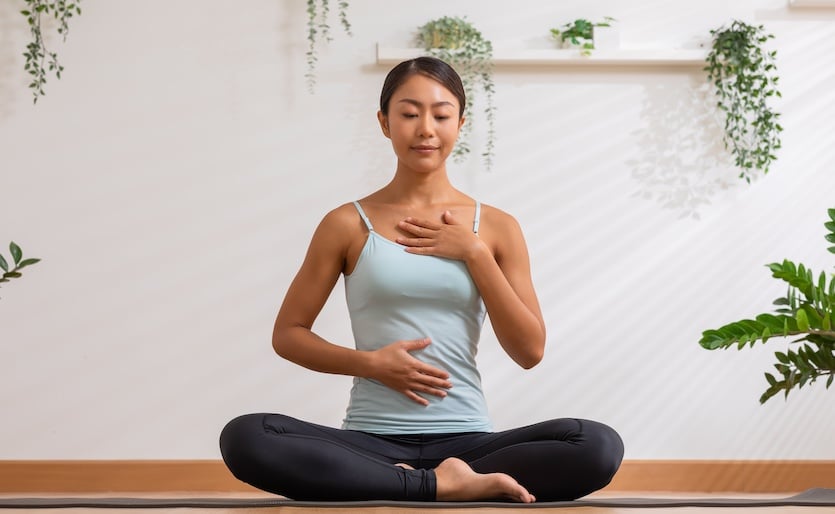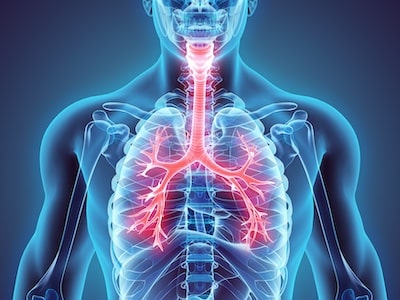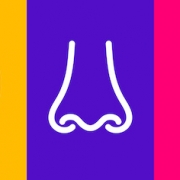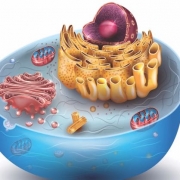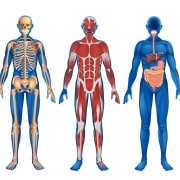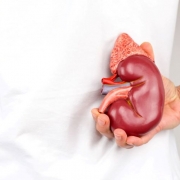Breathe Easy: Demystifying Your Respiratory System
Breathe in…breathe out. You typically do this 22,000 times a day, and yet it’s something most of us take for granted. It’s true, you don’t have to think much about it, your body just does it—first you inhale, then you exhale. But while taking a breath may seem simple at first glance, under the surface there’s a lot going on.
If you’ve ever wondered about the science behind how you breathe, you’re in the right place.
Your Respiratory System
Eleven organ systems carry out a wide variety of essential functions in your body. And your respiratory system is the one responsible for breathing.
It’s made up of numerous organs and tissues including:
- Diaphragm: This dome-shaped muscle is located at the base of your chest cavity. As it contracts, the volume of the chest cavity increases, creating a lower pressure within the chest to draw air into the body.
- Nasal Cavity and Mouth: Each breath of air enters your body through your nose or mouth. Nasal passages help to filter and humidify the air before it reaches the lungs, while your mouth serves as an alternate route.
- Pharynx and Larynx: Your pharynx connects your mouth and nasal passages to your esophagus. The larynx is the muscular organ that controls your vocal cords. Together, these structures serve as a crucial gateway to allow air to pass through to your lower respiratory tract.
- Trachea (Windpipe): This strong tube reinforced by rings of cartilage allows air to pass to and from your lungs.
- Bronchus: Your windpipe splits into two bronchi linking to each of your lungs, where they further divide into many bronchiole passages resembling the branches of a tree.
- Lungs: Your primary respiratory organs are a pair of spongy, pinkish-grey structures in your chest cavity. They inflate with air each time you inhale and deflate when you exhale.
- Capillaries: These networks of tiny blood vessels pull oxygen from your lungs into your bloodstream.
Working together, these various organs, tissues, and structures allow you to breathe, speak, smell, and more. But let’s focus on breathing.
The Process of Breathing
Breathing has two main parts—inhalation and exhalation—and each requires the coordinated effort of multiple muscles. Prior to and during inhalation your diaphragm and surrounding muscles contract. Your chest expands and your lungs fill with air. As these muscles relax, your chest contracts forcing the air out of your lungs—in other words, you exhale.
Your body isn’t inhaling and exhaling for fun, it’s fulfilling your need for oxygen.
Your cells use oxygen (and glucose) to create energy through a process called cellular respiration. For this to take place, however, oxygen needs to get from your lungs to cells throughout your body. This is where blood comes in.
Gas Exchange in the Alveoli
Your bronchial tubes branch off into smaller airways, called bronchioles. They’re connected to alveoli—tiny, grape-like air sacs in your lungs that are surrounded by capillaries. This is where gas exchange happens, one of the most important steps of breathing.
Your alveoli are like microscopic balloons, filling with air each time you breathe in. Oxygen from this air is absorbed by blood passing through the surrounding capillaries. This newly oxygenated blood is then delivered through your body by the cardiovascular system—but let’s save that for another article.
Cellular respiration creates energy; but it also creates waste products, including carbon dioxide. This carbon dioxide is contained in deoxygenated blood. When blood passes through the capillaries an exchange occurs—oxygen enters the blood (as mentioned above) and carbon dioxide exits the blood, moving to the air held in the alveoli. This air is then exhaled to expel the carbon dioxide from your body.
How to Keep Your Lungs Healthy
Your lungs are the center of your respiratory system. And healthy lungs are crucial for efficient, healthy breathing. Fortunately, there are a number of steps you can take to keep your lungs healthy and happy.
Lungs are sensitive to smoke and pollutants, and breathing these substances in can be harmful to your lung health. Cigarette smoke, including secondhand smoke, can damage the bronchioles and alveoli in your lungs, making it harder for your body to deliver oxygen to its cells. To avoid this, try to stay away from cigarette smoke and smog. If you are going to be exposed to harsh chemicals, excessive air pollution, or other damaging substances, wear a mask or respirator to filter damaging substances out of the air.
Regular exercise can also help your lungs (and heart) work more efficiently. As you exercise, your lungs and the muscles associated with breathing are working overtime to provide your body oxygen. Even light, daily exercise can strengthen your lungs, heart, and other muscles. The stronger these organs and muscles are, the better your body is at delivering oxygen to its cells.
Respiratory Conditions: Health Factors That Affect Your Lungs
Environmental factors, such as pollutants, aren’t the only things that can affect your respiratory system. Sicknesses, and chronic health conditions can also impact your ability to breathe.
Lung capacity naturally decreases with age, meaning as you get older your lungs become less efficient. For older adults, maintaining lung health through exercise and by avoiding damaging substances is extra important.
Additionally, certain health conditions may require medical assessment and intervention. Whether it’s due to asthma, severe allergies, or a persistent cold, consulting a doctor is often an important step in maintaining the health of your respiratory system. Certain illnesses, such as the common cold and flu, can develop into serious infections and even pneumonia. So if you feel like your respiratory system isn’t working as it should, it’s worth a trip to the doctor.
The Bottom Line: A Healthy Body Needs Healthy Lungs
Breathing is a vital part of life. Without oxygen your cells can’t create energy. And without your cells producing energy most organs, tissues, and other body parts can’t do their job. The brain can only go four minutes without oxygen before it suffers permanent damage.
Needless to say, a healthy respiratory system is indispensable to a healthy lifestyle. So take care of your lungs—you’ve only got two.
References
https://my.clevelandclinic.org/health/body/21205-respiratory-system
https://www.lung.ca/lung-health/lung-info/respiratory-system
https://www.nhlbi.nih.gov/health/lungs
https://craighospital.org/resources/how-we-breathe
https://www.webmd.com/lung/how-we-breathe
https://www.lung.org/lung-health-diseases/wellness/exercise-and-lung-health



